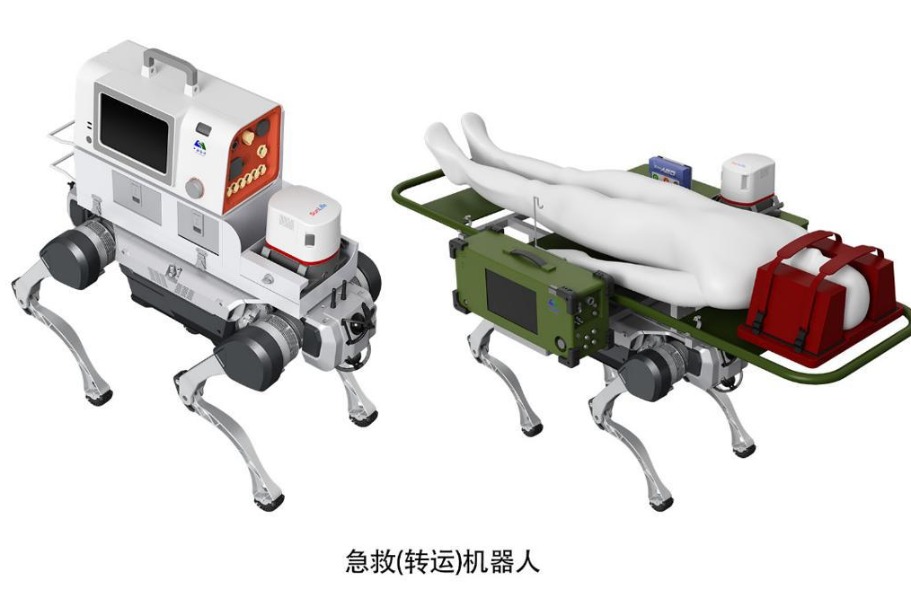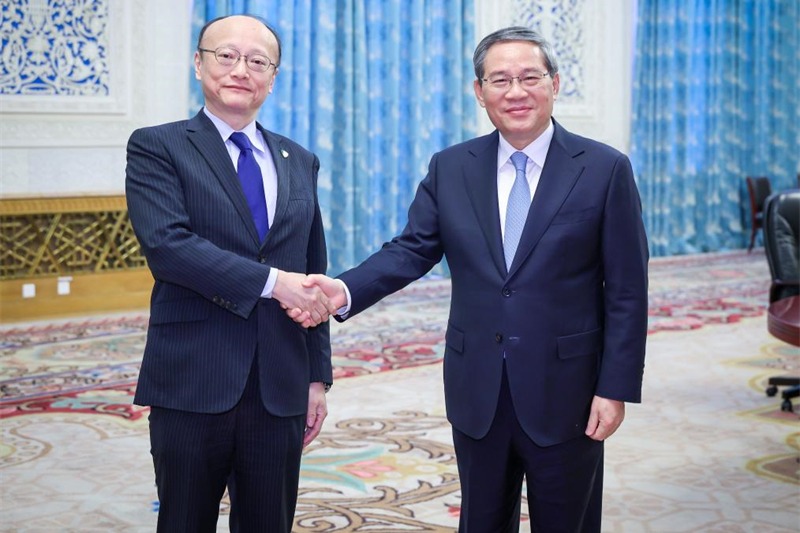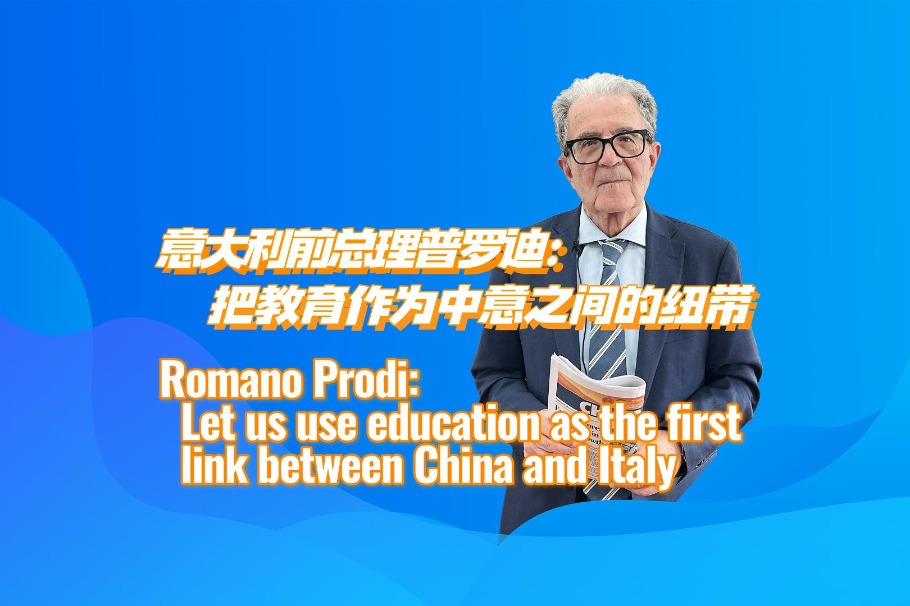Devices meant to empower disabled showcased

The latest in how science and technology are improving the lives of people living with disabilities was showcased in Beijing's Zhongguancun area on Saturday, at a parallel event of the 2025 Zhongguancun Forum Annual Conference.
Themed Harnessing Technology for a More Inclusive World, the event highlighted how artificial intelligence is helping those with hearing loss communicate, how those with limited mobility can be rehabilitated with exoskeletons, and how brain-machine interfaces are enabling those with quadriplegia to move robotic limbs.
Hong Bo, a professor in the department of biomedical engineering at Tsinghua University, said his research team has helped three quadriplegic patients regain some degree of mobility using brain-machine interface technology.
"By implanting a coin-sized electrode on the dura mater of the brain, neuron signals are collected and translated into control commands for external devices, allowing paralyzed patients to control robotic arms to grasp and move objects with only their thoughts," Hong said.
"The implant is semi-invasive, with electrodes placed on the dura mater, the outermost layer of the brain's protective meninges, meaning they do not damage nerve cells," he said.
The implant features wireless power supply and communication for lifelong use, as well as a robust algorithm with more than 100 channels to consistently collect signals.
"Based on 17 months of clinical trials, this technology has proved safe and effective," Hong added.
"People with disabilities have the same rights to go outside as everyone else, and this is where technology can make a difference by providing more care for them," he said.
Homayoon Kazerooni, a professor of mechanical engineering at the University of California, Berkeley, and the leader of the development team for the Phoenix exoskeleton, said the suit enables people with mobility issues to stand and walk.
"It's a modular exoskeleton consisting of three parts: a powered knee brace and a hip brace that provide extension and flexion torque, as well as an ankle-foot orthosis. Users can independently put on and remove each piece," Kazerooni said.
The lightweight, easy-to-wear exoskeleton monitors the user's gait and various indicators in real time. A mobile phone interface allows users to control standing up, sitting down and walking. The intelligent system learns how to slow down, speed up and adjust stance, making in-home rehabilitation with minimal caregiver support a future reality, Kazerooni added.
"Currently, these devices are not affordable for individuals. They are rather expensive, but we're moving toward lowering prices to make them comparable to powered wheelchairs," he said.
Andreas Hahn, corporate vice-president of clinical research and services at Ottobock, a company specializing in orthotics and prosthetics, said keeping the costs down for new technology is critical.
"It's always difficult to ensure equal access to everything for everyone. We take cost control seriously and make sure that the most appropriate product is given with the best service available to our clients," he said.
Zhou Changkui, chairman of the China Disabled Persons' Federation, agreed.
"Ensuring that people with disabilities share in the benefits of technological progress should be an essential part of safeguarding their rights. Greater determination and efforts should be made in advancing assistive technologies," Zhou said.
xunuo@chinadaily.com.cn





































